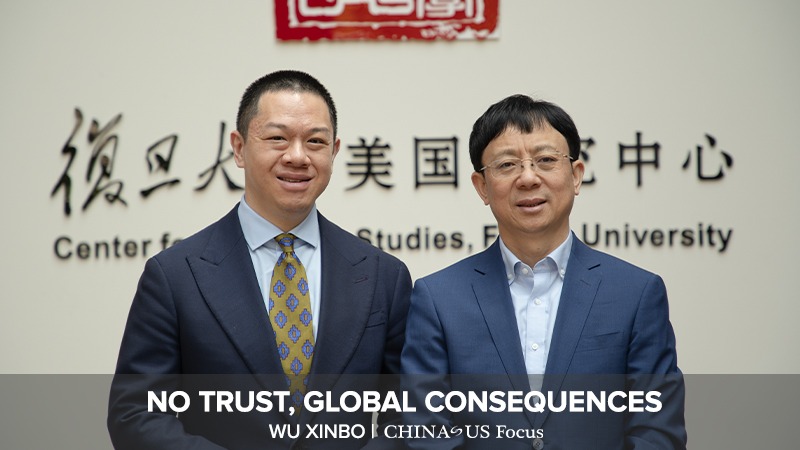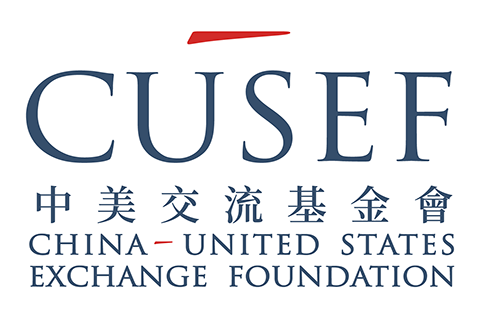
Dear Focus Reader,
The United States and China have finalized a trade agreement restoring U.S. access to Chinese rare earth minerals, marking a breakthrough after months of strained negotiations. The deal, signed this week, codifies terms initially agreed upon in Geneva in May but delayed over disagreements about implementation.
On Friday, China's Ministry of Commerce said it would approve rare earth export applications that meet legal and regulatory conditions. In exchange, the U.S. will lift certain export restrictions imposed in May, including measures targeting chip software, jet engines, ethane, and Chinese student visas. These countermeasures were originally a response to China's delays in lifting its own export curbs.
Commerce Secretary Howard Lutnick stated that China would now deliver rare earths and, once that happens, the U.S. will take down its countermeasures. He also noted that the administration plans to finalize up to 10 additional trade agreements before a July 9 deadline to reinstate paused tariffs.
Rare earths are critical to industries ranging from clean energy to defense. China controls roughly 90% of global rare earth processing, making the materials a strategic vulnerability for Washington. Under new rules introduced by Beijing in April, Chinese exporters must obtain shipment-specific licenses and verify end-use details.
While Chinese officials say they are expediting approvals, analysts caution that dual-use restrictions may still block shipments to U.S. military contractors, and warn that unless licenses begin flowing quickly, the deal could unravel.
Learn more on international relations by catching up on our latest Focus content, including topics on China-U.S. policy, AI global governance, and more.
The direct involvement of the United States will harden the resolve of many in Iran, and direct retaliatory attacks on American targets cannot be ruled out. The United States and Iran may fall into a vicious cycle of violence — a pattern of 'attack-retaliation-attack' — which may not be what Trump wants.
China's planned investment in core artificial intelligence technologies by 2030, aimed at expanding the industry and securing its position as a global AI leader.
Read more in "China's Technological Self-Reliance in Response to U.S. Containment," Ghulam Ali, Deputy Director, Hong Kong Research Center for Asian Studies.
The Gift of Dialogue | Philip Tinari
Watch VideoIn this episode of The China Current, Philip Tinari, Director of UCCA Center for Contemporary Art in Beijing, reflects on art as a rare space for exchange at a time of growing U.S.-China mistrust. In conversation with CUSEF President James Chau, he shares how contemporary art has evolved in China, why American artists like Andy Warhol resonate with Chinese audiences, and how his own cross-cultural life has become a "gift" shaped by years of immersion and shared creativity.
In our Focus Insights section, we shared an interview with Fudan University's Wu Xinbo on how growing political, economic, and security divides are reshaping the U.S.-China relationship.
We want to hear from you!
Are deepening structural differences between the U.S. and China making long-term cooperation unlikely, or is there still room for meaningful dialogue?
Submit your thoughts to USeditor@chinausfocus.com for a chance to be featured in next week's Focus This Week.
useditor@chinausfocus.com for more info.
Prepared by China-US Focus editorial teams in Hong Kong and New York, this weekly newsletter offers you snap shots of latest trends and developments emerging from China and the U.S. every week. It is a community space to exchange thoughts and ideas about the China-U.S. relationship and beyond.
- 2025-06-20 Focus This Week: Escalation and Restraint
- 2025-06-13 Focus This Week: A Trade Reset?
- 2025-06-06 Focus This Week: A Long-Awaited Call
- 2025-05-30 Focus This Week: Visas in the Crosshairs
- 2025-05-23 Focus This Week: Academic Exchange Strained
- 2025-05-16 Focus This week: Rolling Back, Moving Forward?
- 2025-05-09 Focus This Week: "Friends of Steel"
- 2025-05-02 Focus This Week: An Open Door?
- 2025-04-25 Focus This Week: Open for Business
- 2025-04-18 A "Numbers Game"
- 2025-04-11 Focus This Week: Beijing Strikes Back
- 2025-04-04 Focus This Week: Tariff Turmoil
- 2025-03-28 Focus This Week: Navigating Uncertainty
- 2025-03-21 Focus This Week: Driving Diplomacy
- 2025-03-14 Focus This Week: Two Sessions Wrapped
- 2025-03-07 Focus this Week: Setting the Agenda
- 2025-02-28 Focus This Week: A Dramatic Shift
- 2025-02-21 Focus This Week: Straining Ties
- 2025-02-14 Focus This Week: Deals and Defense
- 2025-02-07 Focus This Week: The Saga Continues




